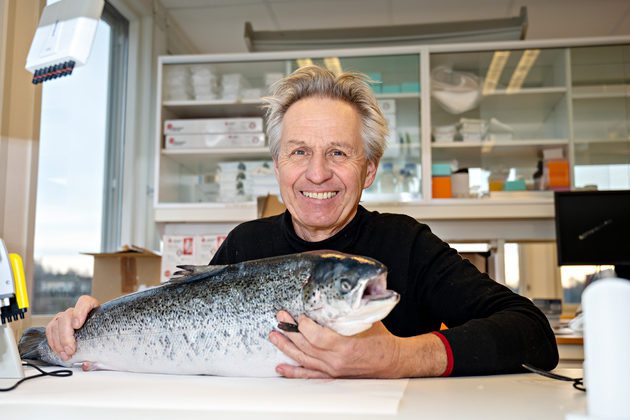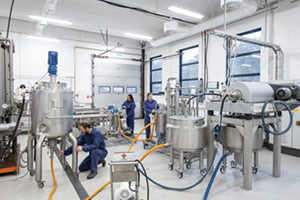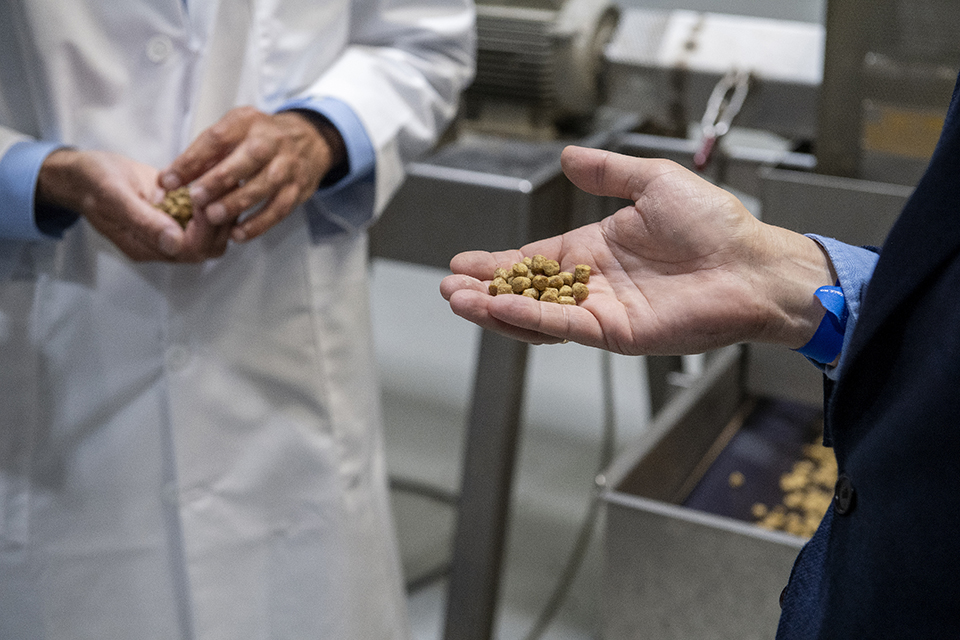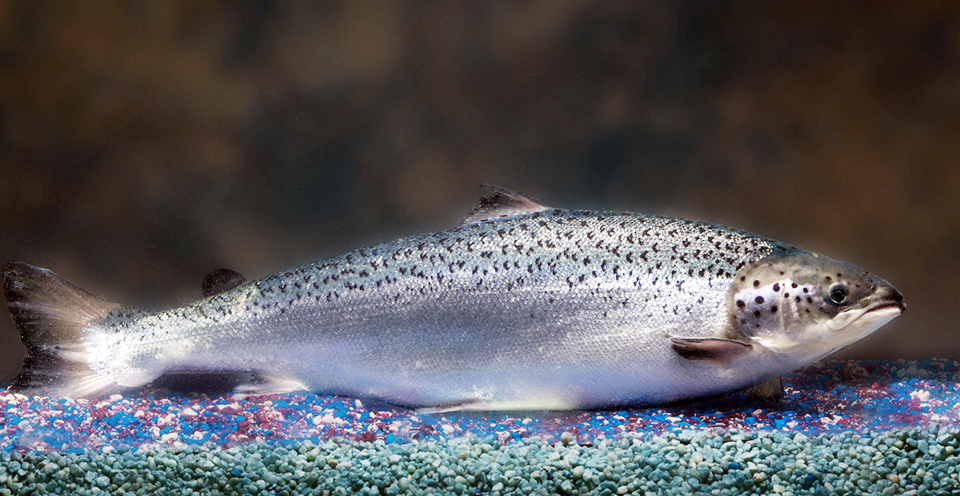Research indicates that sterile salmon just as healthy as fertile salmon

Norwegian food research institute Nofima and its partners have developed a “promising” new method for sterilizing farmed salmon at the embryonic stage. The research, which is financed by the Norwegian Seafood Research Fund (FHF) and is in cooperation with Aqua Gen and AquaPharma, could help limit the impact of escaped farmed salmon in rivers since they can’t breed with wild salmon. The new technique will also contribute to improved meat quality, less disease and lower mortality.
There are several ways to sterilize farmed salmon, such as triploidization and gene editing. However, triploid salmon have been rejected as an option in Norway due to welfare issues and the use of genetically modified salmon in production is outlawed.
The “Nofima method” blocks a factor required for the development of reproductive cells at the embryonic stage – meaning that the fish never become sexually mature. Except for the small gonads that do not produce roe or milt, the sterile salmon have the same outward appearance and characteristics as fertile fish.
Before developing “the Nofima method” into industrial large-scale production of sterile salmon, scientists must document satisfactory health and growth.
Senior scientists Øivind Andersen and Helge Tveiten at Nofima examined important production traits in sterile salmon throughout the lifecycle by studying body growth, smoltification, stress tolerance salmon lice infestation and mortality at sea.
So far, results are promising: the sterile salmon show production characteristics that are “at least as good” as fertile farmed salmon. A severe lice attack showed that sterile salmon are not more susceptible than fertile salmon. The scientists have also documented that the sterile salmon had no reproductive cells from the embryonic stage to the time of slaughter.
Andersen and Tveiten are now working on different strategies for the large-scale production of sterile salmon in partnership with the fish farming industry.
Read more about the research here.
Follow the Advocate on Twitter @GSA_Advocate
Now that you've reached the end of the article ...
… please consider supporting GSA’s mission to advance responsible seafood practices through education, advocacy and third-party assurances. The Advocate aims to document the evolution of responsible seafood practices and share the expansive knowledge of our vast network of contributors.
By becoming a Global Seafood Alliance member, you’re ensuring that all of the pre-competitive work we do through member benefits, resources and events can continue. Individual membership costs just $50 a year.
Not a GSA member? Join us.
Author
-
Responsible Seafood Advocate
[103,114,111,46,100,111,111,102,97,101,115,108,97,98,111,108,103,64,114,111,116,105,100,101]
Tagged With
Related Posts

Aquafeeds
Nofima identifies optimal feed components for the sea lice cleaner fish ballan wrasse
A Nofima study has identified key feed components for ballan wrasse, a sea lice cleaner fish important to Norway's salmon industry.

Aquafeeds
Nofima launches collaborative project to develop sustainable ingredients for farmed salmon
Nofima has launched the Millennial Salmon Project, a collaborative research initiative to develop sustainable ingredients for farmed salmon.

Intelligence
A brief look at genetically modified salmon
If approved by FDA, fast-growing genetically modified salmon will provide a safe and nutritious product similar to other farmed Atlantic salmon.

Health & Welfare
Genome editing: Potential to improve aquaculture breeding, production, Part 1
Due to high fecundity and external fertilization, most aquaculture species are amenable to genetic improvement technologies, including genome editing.



